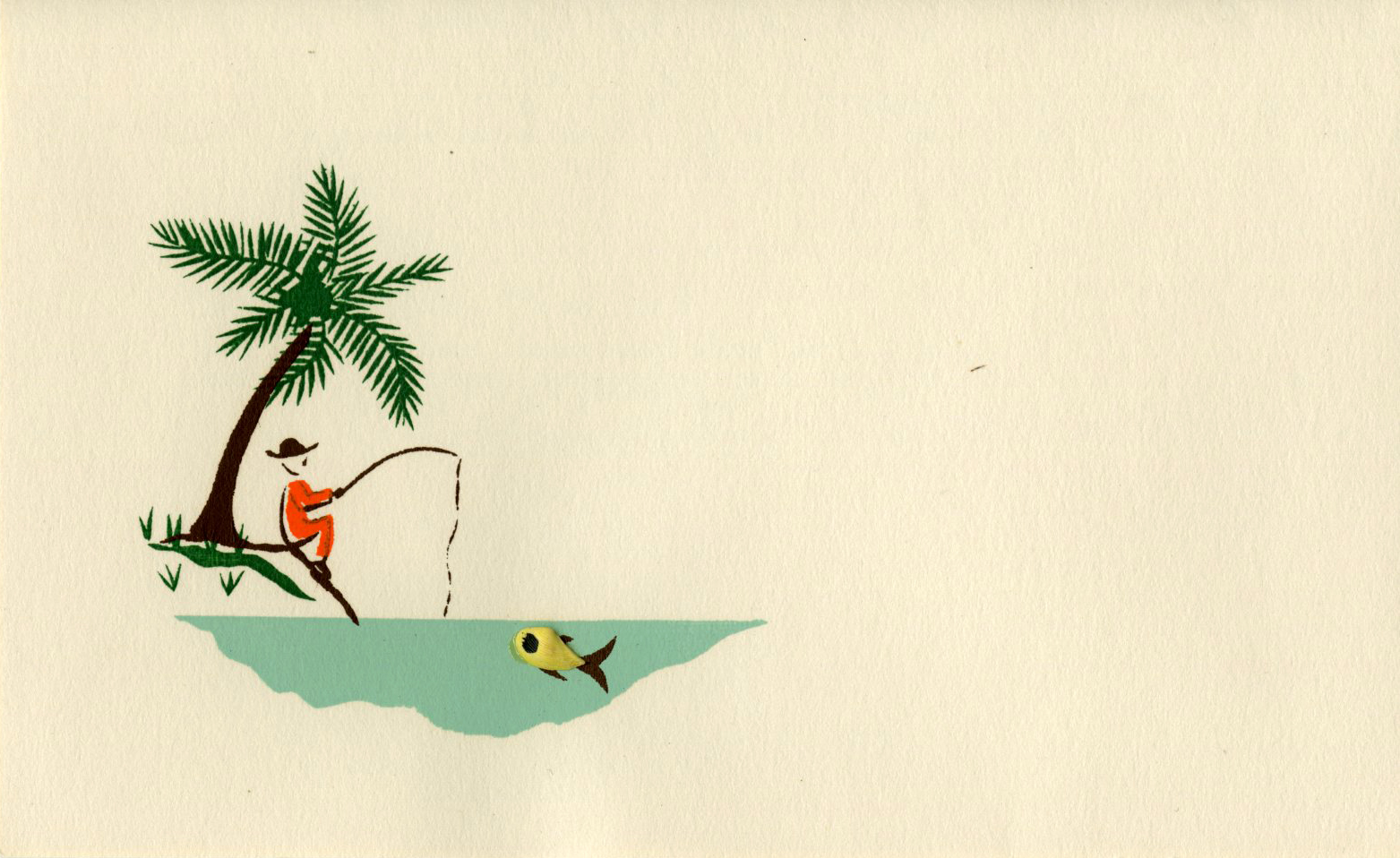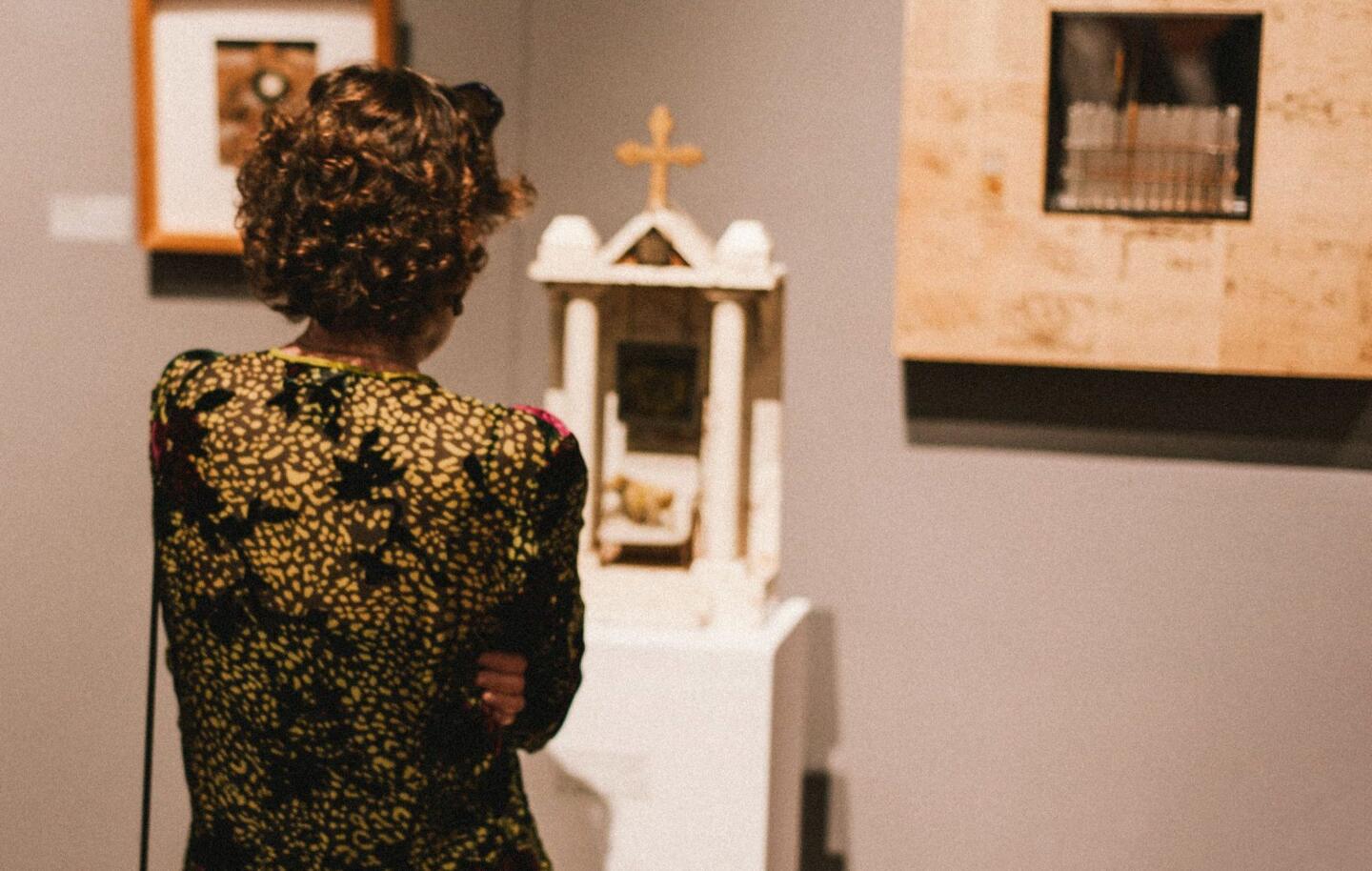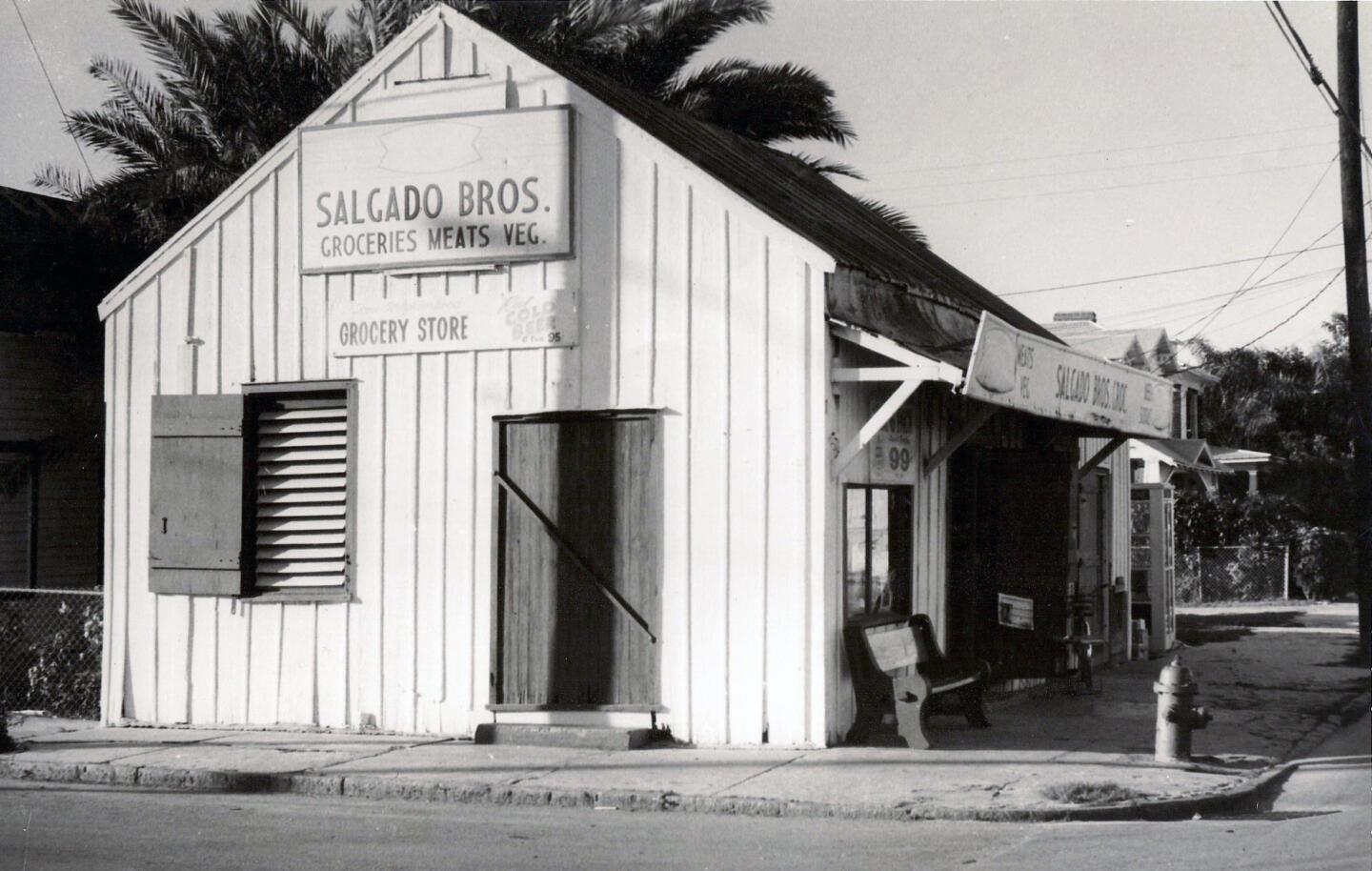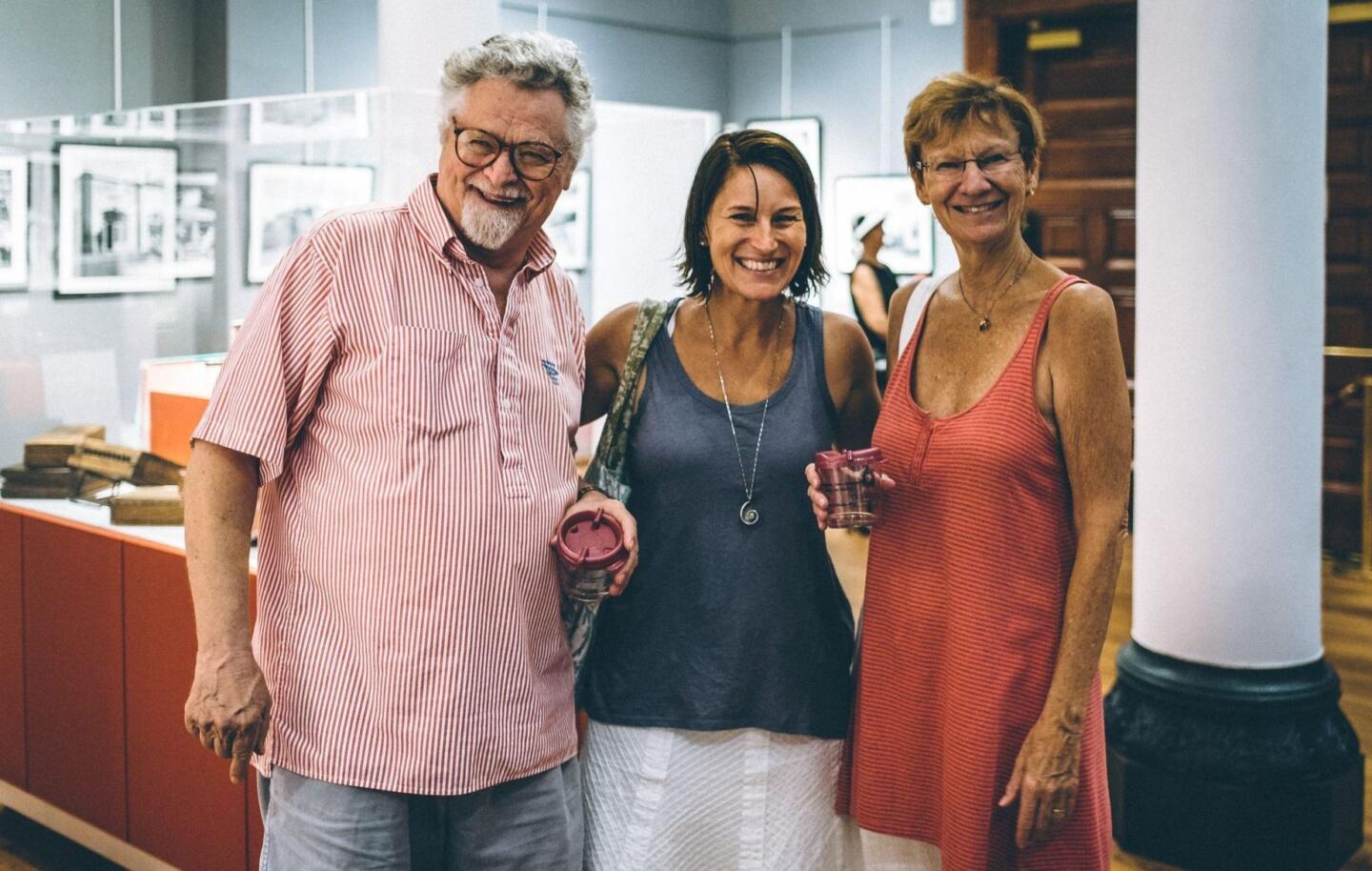Donation & Acquisition Policy
Through generous donations and gifts from individual contributors, our permanent collection continues to grow as a public resource. The Society is always happy to consider donations that will enhance the breadth and depth of its Collection, however, we have procedures in place to handle potential donations.
Complete our Object Donation Form below providing as much information as you can about the object(s) you wish to donate to the Society. The more information available about an object, the better we will be able to determine if and how it fits into our Collection. Below are the major points we are looking for:
- What is the object and for what purpose is or was it used?
- When, where, and by whom was it created, or what is its historical significance?
- When and under what circumstances did you come to own it (gift, purchase, inheritance, etc)?
- Does the object need conservation work?
- Any other information that might be relevant to the object’s fabrication, use, or ownership history
If the object meets enough criteria, the curator will present it to the Collections Committee. After examining the object, the committee will vote on its acceptance, and the curator will notify you of the committee’s decision. If accepted, the curator will send you a deed of gift form. With this legal document, you are certifying that the object is yours to donate and that you agree to assign all rights associated with the object to the Society. The committee has the right to reject donations when necessary or appropriate.
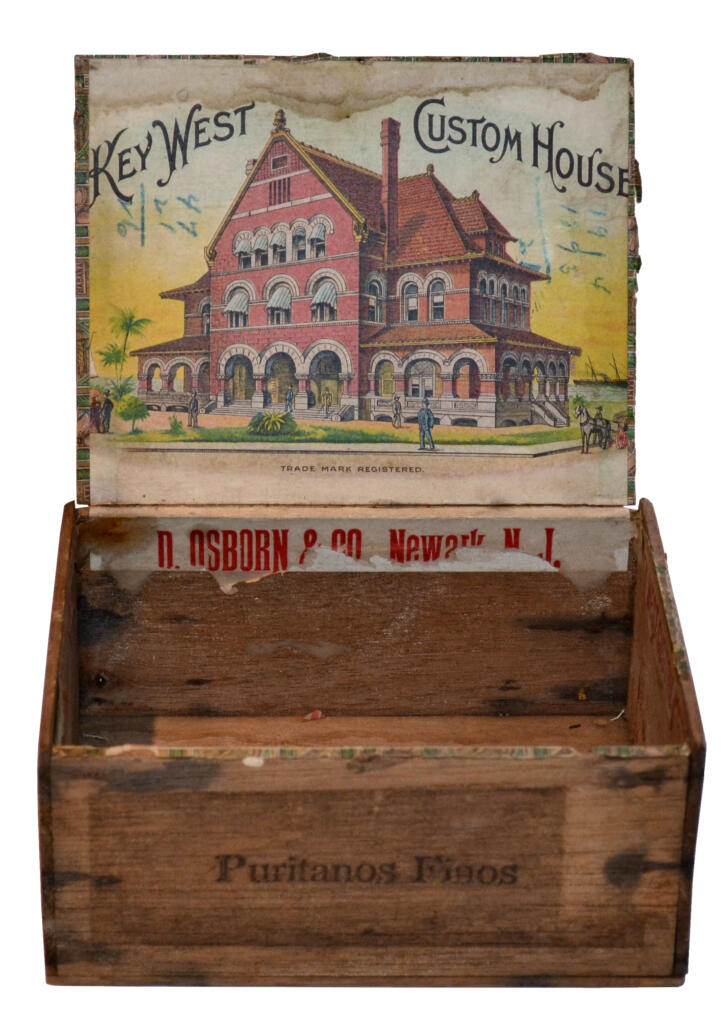
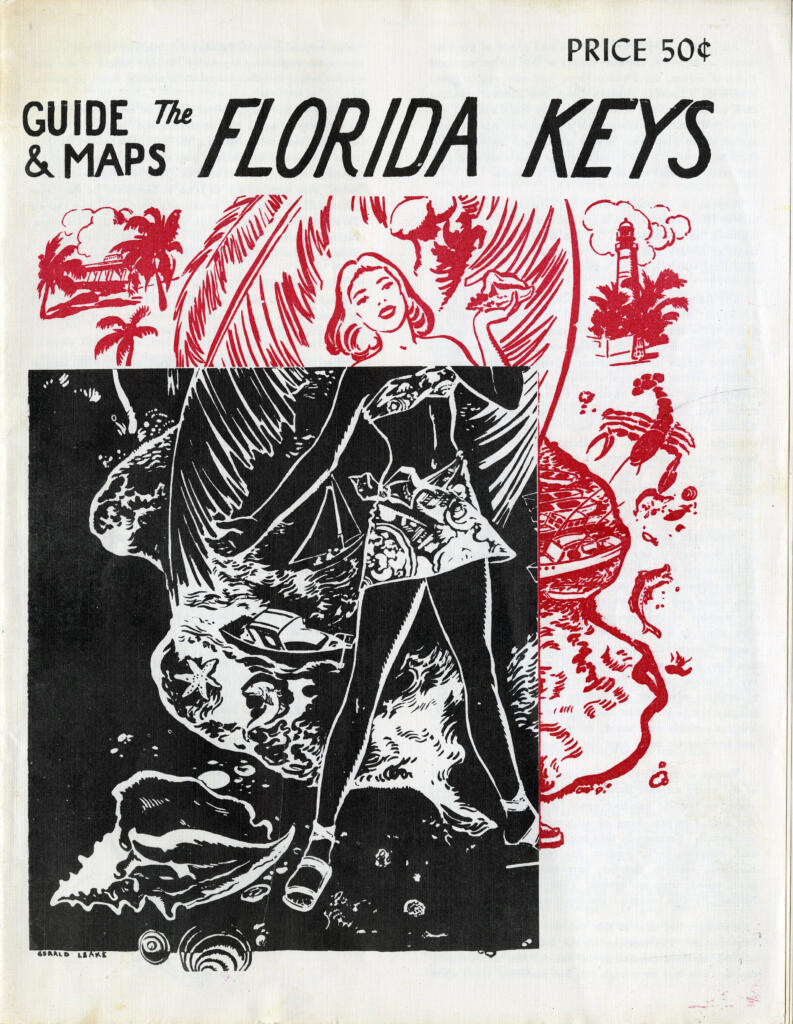
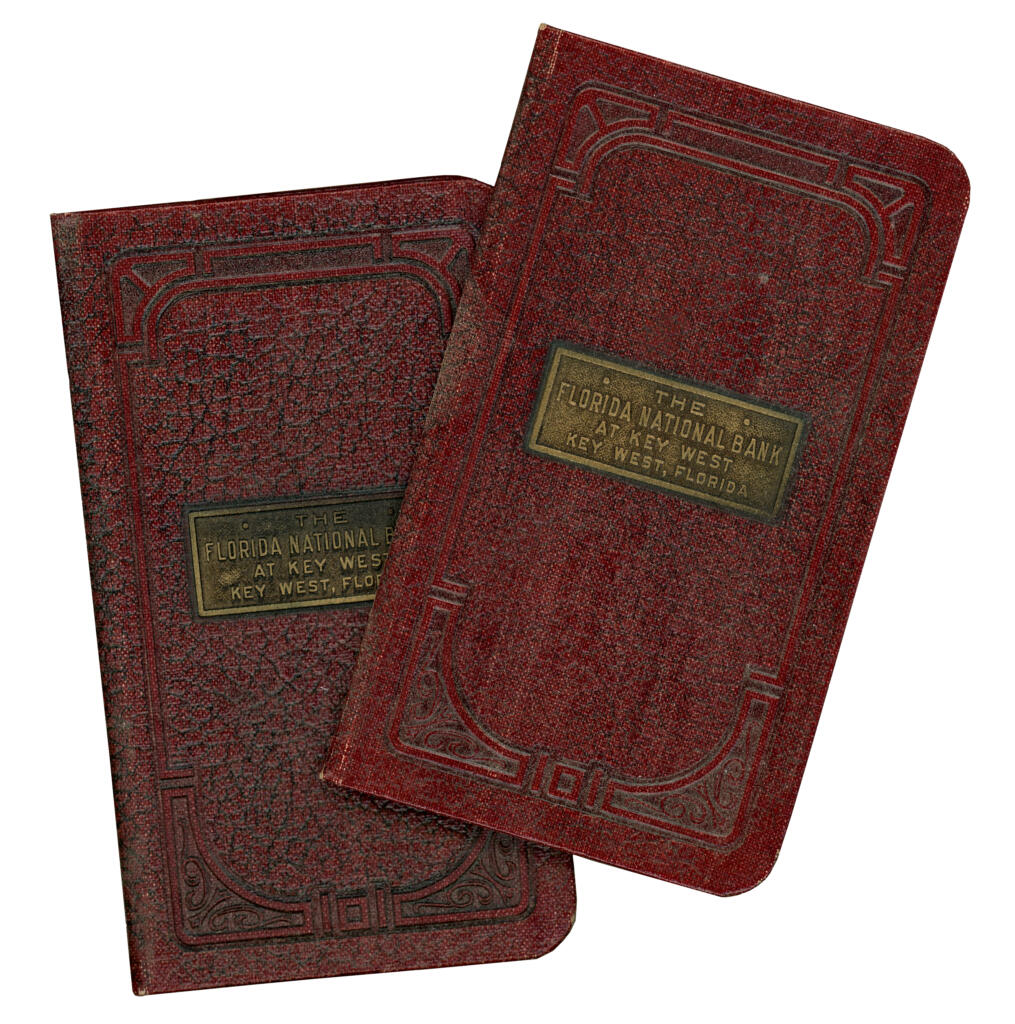
Object Donation Form
"*" indicates required fields
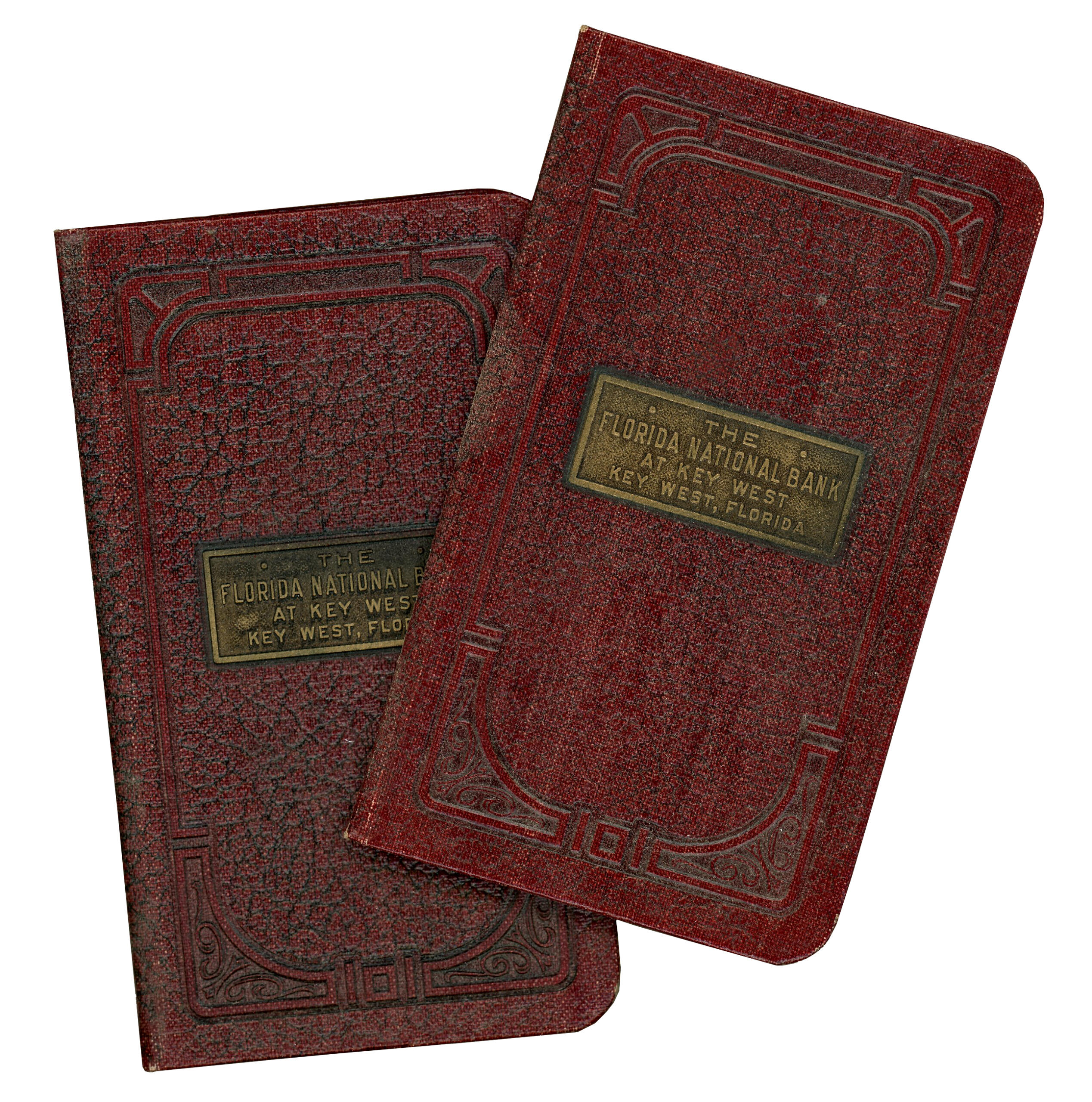
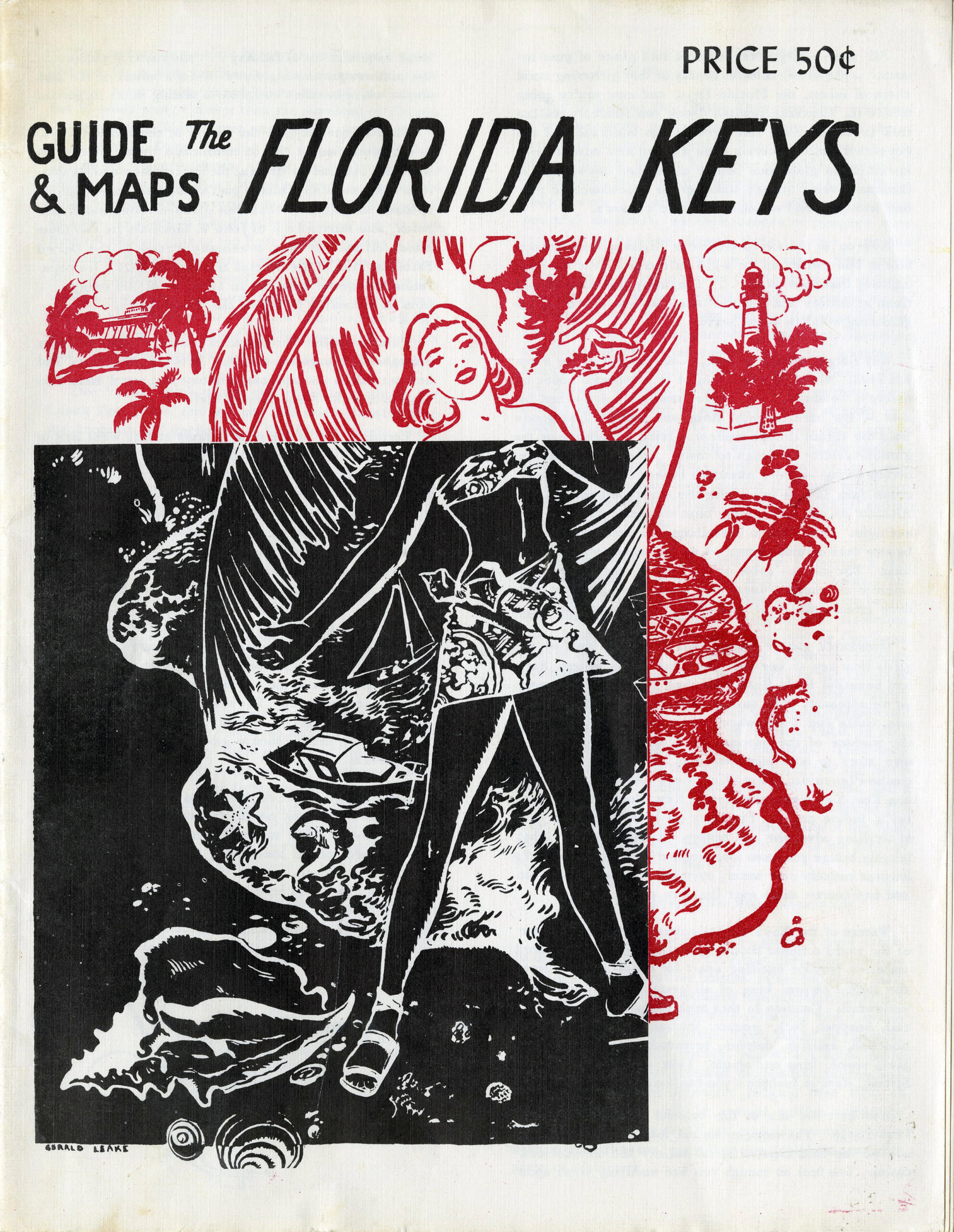
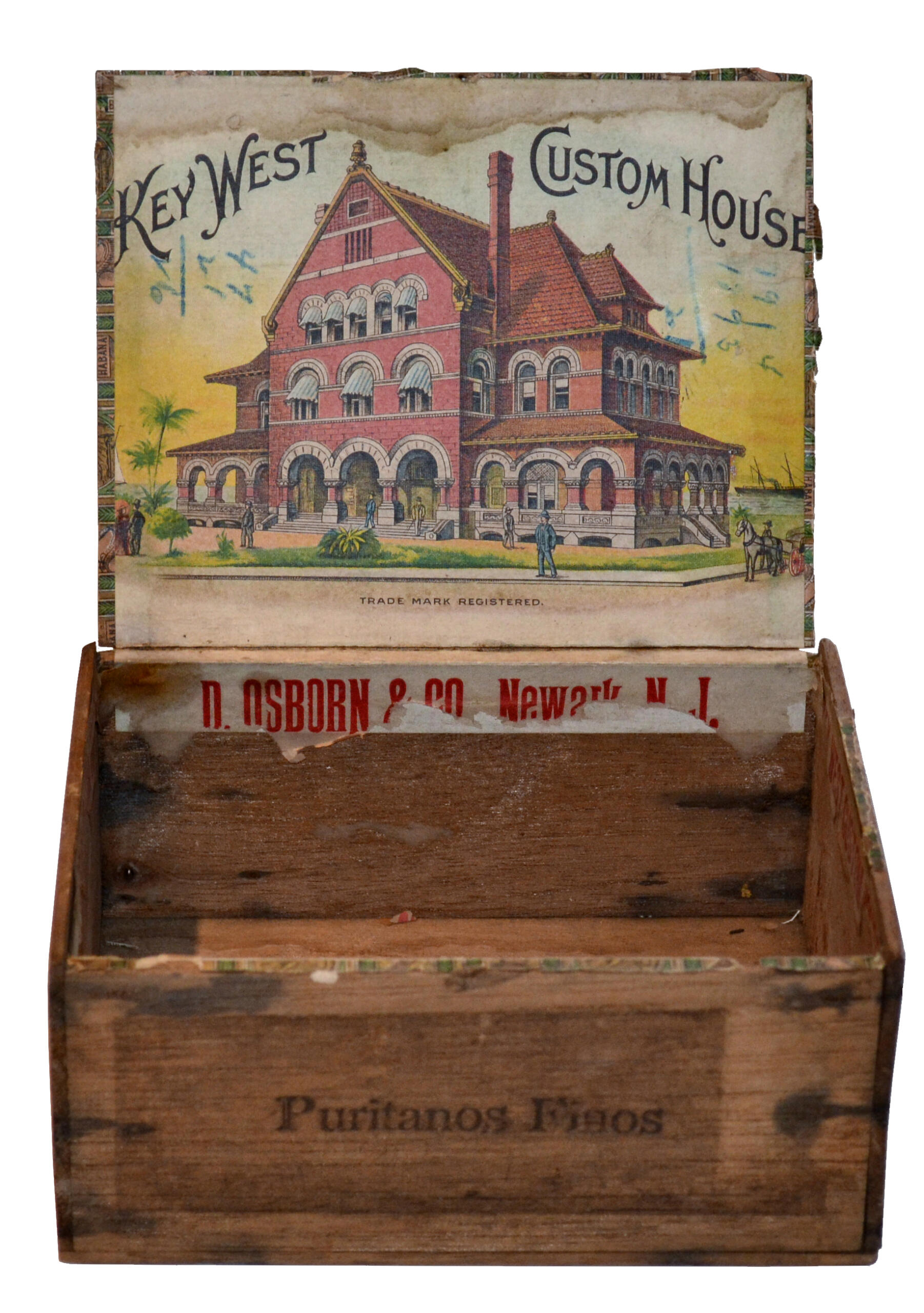
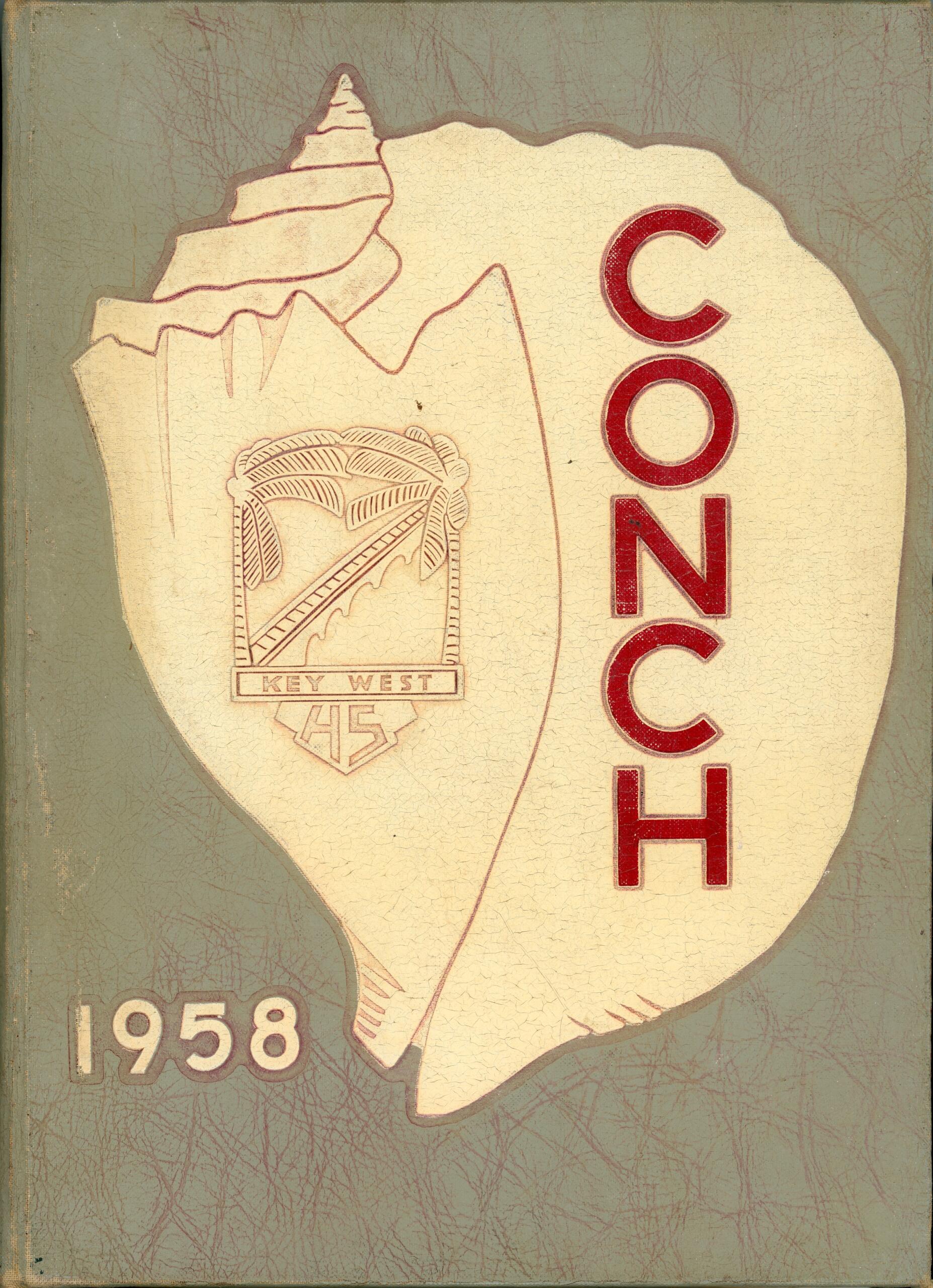
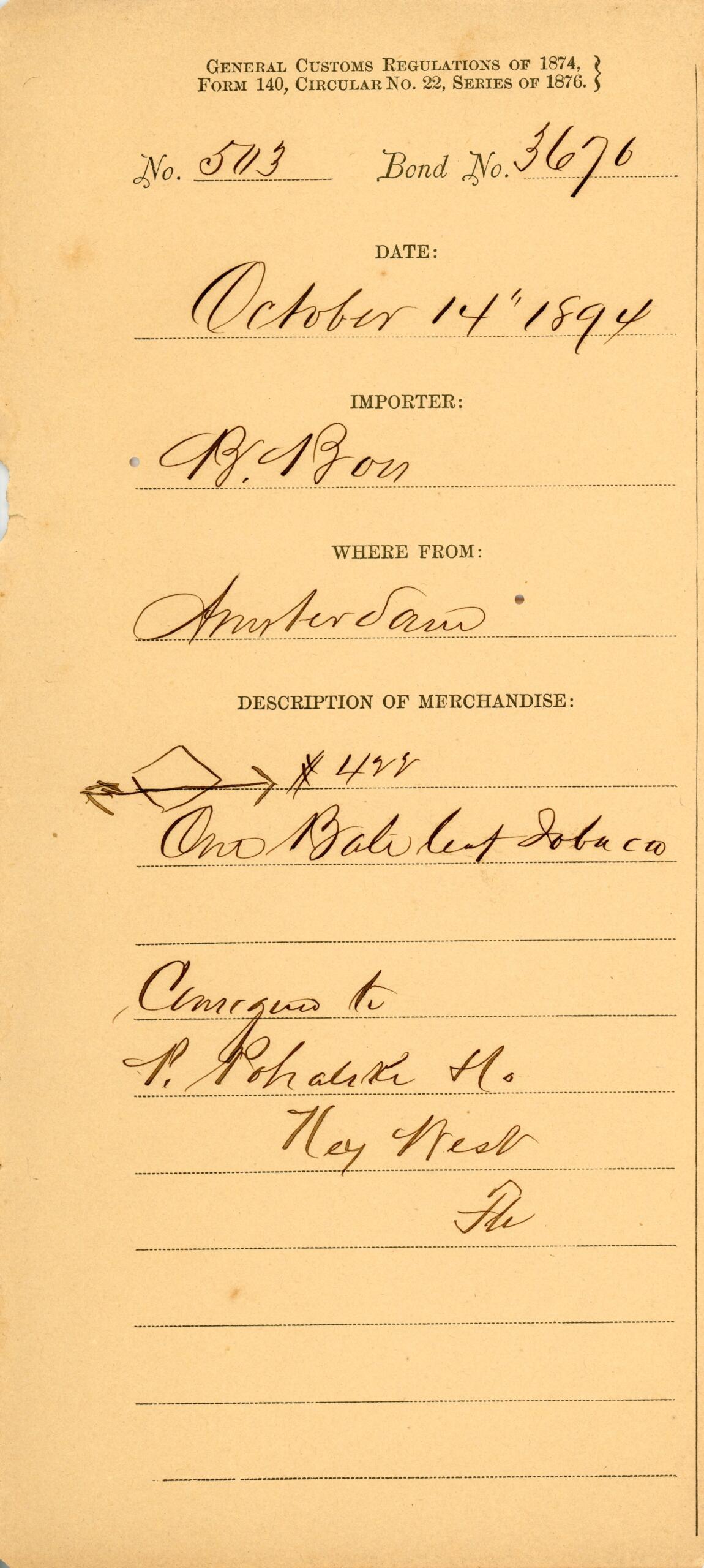
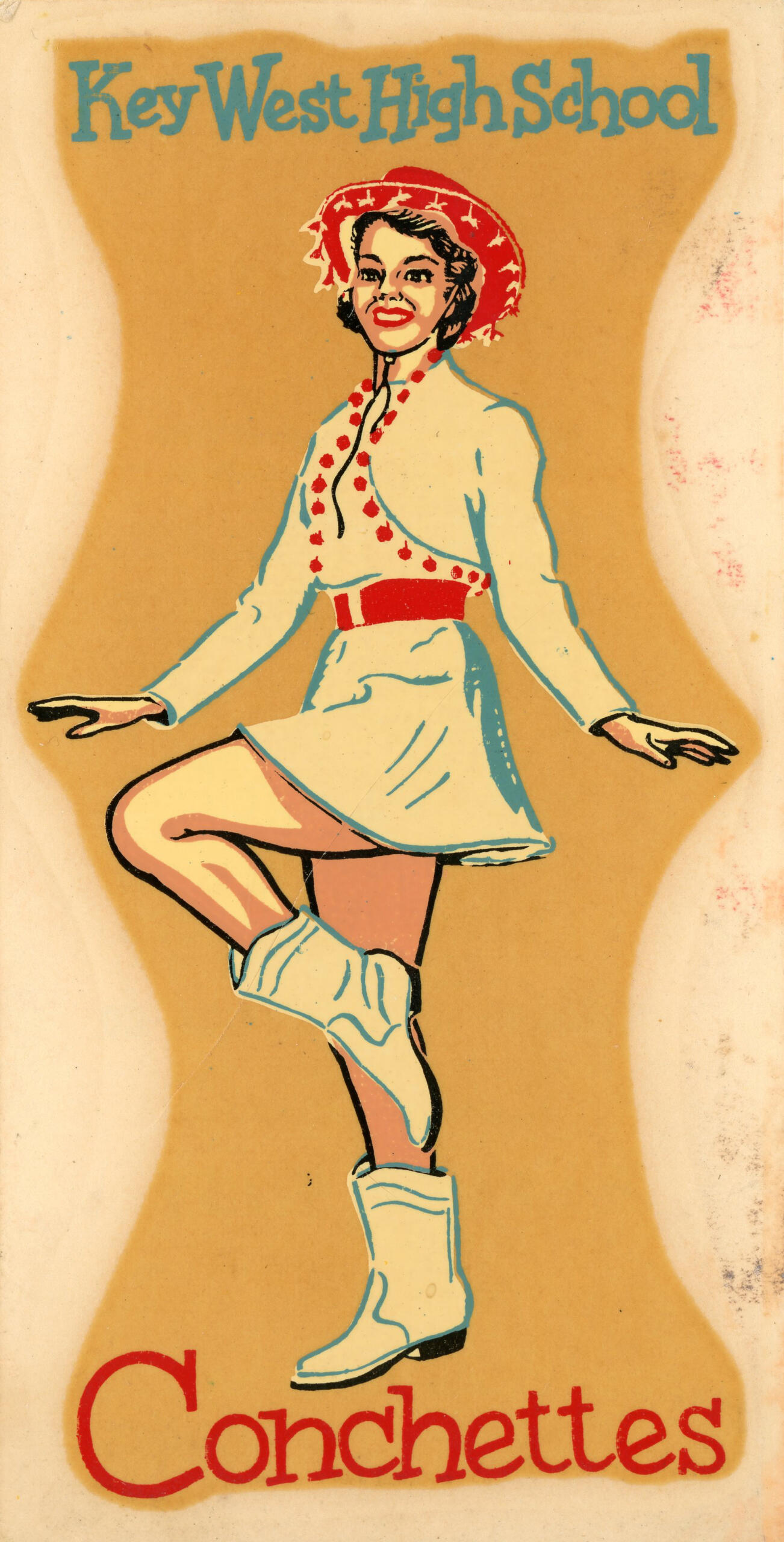
Frequently Asked Questions
What does the Key West Art & Historical Society collect?
The Key West Art & Historical Society collects materials that relate to the Florida Keys. These materials may be artifacts and/or sources of information. The Society’s Permanent Collection acquires materials of historical, archaeological or cultural interest including objects, photographs, maps, textiles, ephemera and archive material.

How do I donate materials to the Society's collection?
If you have an item or many items you think are appropriate for our collections, please complete our Online Donation Form. Artifacts are best offered via the online form, as some items, such as furniture, are oversized, and other items require research in order to ascertain their suitability for the collection. The inclusion of a photograph and measurements of the item will be appreciated. The curatorial staff will evaluate the potential donation and contact the donor within a reasonable time to discuss its appropriateness for the collection.

What happens to my donation once it is accepted into the Society's permanent collection?
Collections management and care is a priority at the Key West Art & Historical Society. Objects and documents selected for inclusion into the permanent collection are given an identifying number, which allows staff to track the location of the items. The items are cataloged and stored in acid-free materials in an environment of constant temperature and humidity with appropriate lighting levels. Donations are tracked through the accessions database and the online catalog. View our online catalogue.

How will my donations be used by the Key West Art & Historical Society
Three-dimensional objects are used to tell our community’s history through exhibits and public programs and for interpretation by scholars doing research. Documents and other paper-based materials are made available to researchers and the general public for use in publications, media presentations and general interest.

Will the Key West Art & Historical Society buy my object(s)?
The Society depends on your generous donations to build the permanent collection. As a private non-profit organization, the Society’s acquisitions budgets are limited. The objects it purchases, therefore, must be affordable and must meet specific needs.

Can I mail or drop off a donation?
The Key West Art & Historical Society strongly discourages unsolicited donations through the mail or in person without prior contact with Society staff. This ensures that materials outside of our collecting scope or duplicates are not accepted. Please note that museum admissions staff cannot accept any donations to the collection. Items brought to the museum without prior arrangement will be turned away.


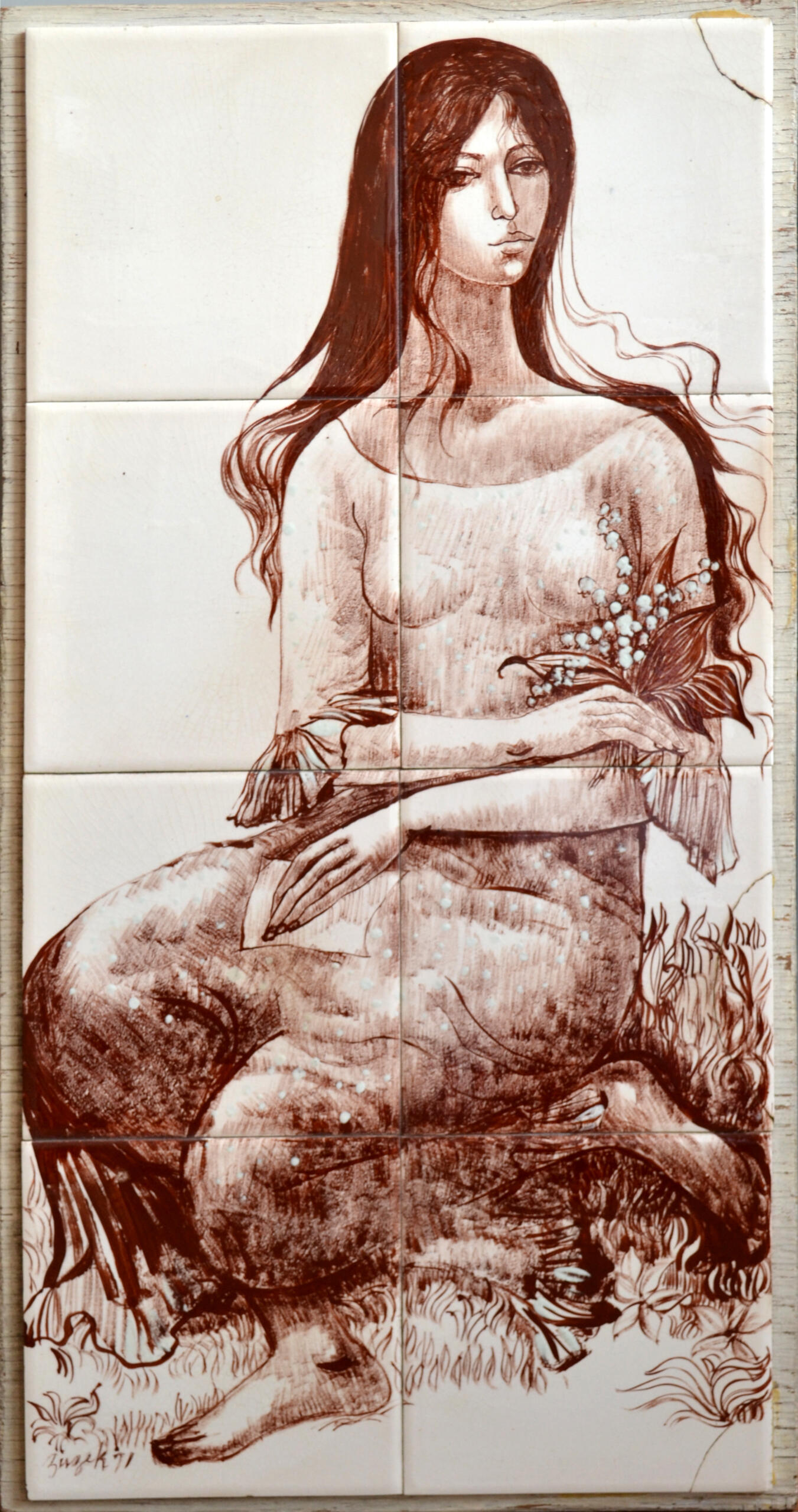
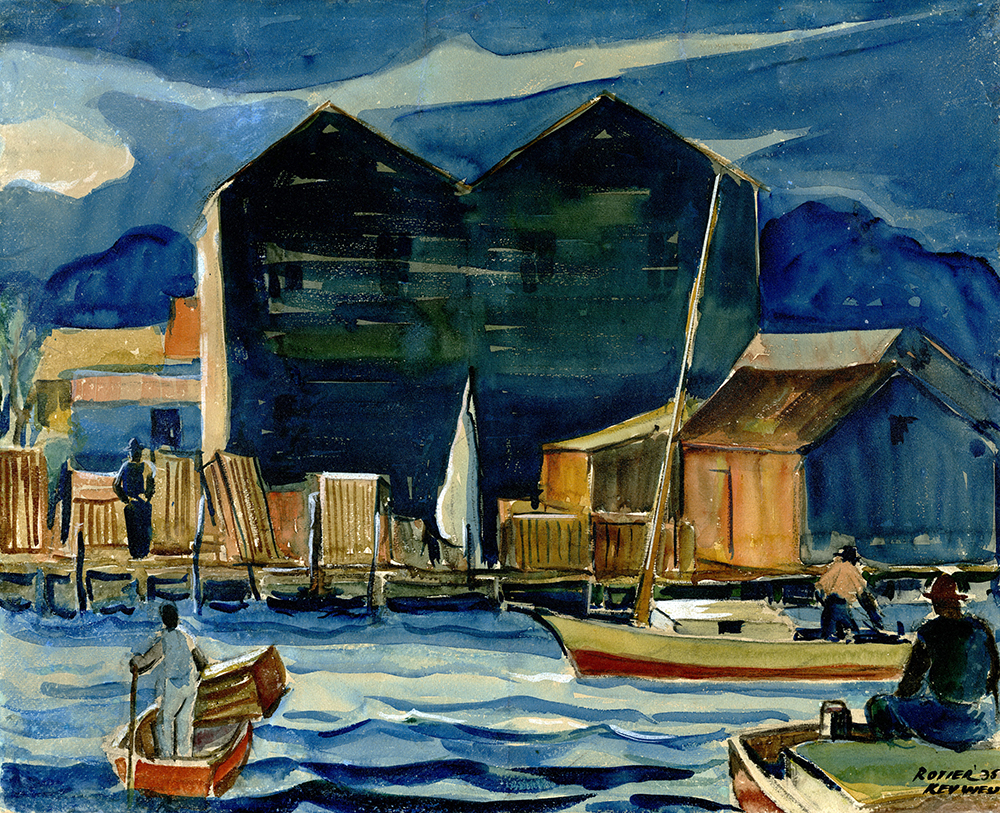


Will the Society appraise my donation for its monetary value?
The Society does not provide appraisals of the monetary value of objects offered for donation as the Internal Revenue Service views libraries, archives and museums as interested parties and, therefore, ineligible to appraise donations. To avoid the suggestion of conflict of interest, donors wishing to establish monetary value for their materials should seek the services of an independent, professional appraiser that is a member of the International Society of Appraisers and follows USPAP guidelines.

Can I take a tax deduction for my donation?
The Key West Art & Historical Society is a qualified charitable organization, thus the fair market value of your donated materials is generally tax deductible. To take advantage of your deduction, you must file form 1040 and, depending on the value of your donation, tax form 8283. To ensure that you receive the maximum tax benefit, it is recommended that you consult with your own accountant, attorney, and/or the Internal Revenue Service.

How does the Society decide what to accept?
The Society relies on donations from individuals and organizations to fulfill its collecting mission, and will gladly accept materials, providing they meet the following requirements
- Artifacts must have been made, purchased, or used in the Florida Keys
- Archival materials and publications may have been made, purchased or used anywhere, but must pertain to the collections scope
- The Society must have the resources to provide for the donation’s long-term storage and care
- Potential acquisitions are evaluated for their usefulness as artifacts and/or as sources of information, and how they will enhance the Society’s collections
- It is essential that the items are accompanied by clear title and, to the extent possible, provenance (history of ownership). Ownership of copyrights will also factor in the acquisition decision for documents
- The donation will be evaluated by the Collections Committee before a decision is reached—the committee typically meets two or three times a year

Will the Society exhibit my donation?
The Society cannot guarantee that any donation will be placed on exhibition. As with most museums, only three to five percent of the permanent collection can be on display at any one time. Objects that are placed on exhibition must support the story line of that exhibition. Objects that are not on display are still useful and appreciated. Most collections that are not on display are accessible to researchers for study.

Can donations be removed from the Society's collection?
Once an item or collection has been added to the collection, it can only be removed following rigorous procedures established to protect the collection’s integrity. The process, called deaccessioning, requires the approval of the Chief Curator, the Collections Committee and the trustees of the Society.
An item may be deaccessioned, for example, because it is damaged beyond repair, has a condition that puts other parts of the collection at risk, are duplicative of other items in the collection, or is outside the scope of the collection.
Deaccessioned material may be donated to another museum or cultural or educational organization, destroyed, or sold. Any proceeds from the sale of deaccessioned material are placed in a restricted collection acquisition fund.

Support KWAHS
Your membership and donation support the Society’s operation, collection, programs and preservation efforts. Every gift, large or small, furthers the organization’s mission.

